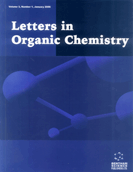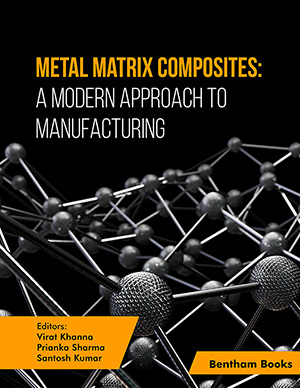Abstract
Photocatalytic transformation of small substrate molecules to useful products through an environmentally benign and economically viable pathway is a challenging area of research of continual importance. This review focuses on our perception of the application of ruthenium(III) complexes comprising ‘edta’ ligand (edta4- = ethylenediaminetetraacetate) as a ‘redox mediator’ or ‘relay’ in photocatalytic electron transfer reaction pertaining to the conversion of small substrate molecules viz. hydrazine to ammonia, bicarbonate to formate, dioxygen to hydrogen peroxide. In this article, the prospect of [RuIII(edta)(H2O)]- and [RuIII(edta)(pz)]- to act as ‘redox mediator’ or ‘molecular catalysts’ in photocatalytic transformations of aforesaid small molecules are assessed systematically.
Keywords: Ru(edta) complexes, small molecules, photocatalysis, TiO2 semiconductor, redox reactions, molecular catalysts.
[http://dx.doi.org/10.1016/j.ccr.2012.02.021]
[http://dx.doi.org/10.1021/acs.chemrev.6b00299] [PMID: 28222601]
[http://dx.doi.org/10.1021/acs.chemrev.7b00205] [PMID: 29112440]
[http://dx.doi.org/10.1016/j.chemosphere.2019.03.042] [PMID: 30903840]
[http://dx.doi.org/10.1016/j.ccr.2017.12.009]
[http://dx.doi.org/10.1021/acs.chemrev.9b00659] [PMID: 32459470]
[http://dx.doi.org/10.1021/acs.inorgchem.1c02529] [PMID: 34538056]
[http://dx.doi.org/10.3390/catal12020201]
[http://dx.doi.org/10.1039/D0NJ04349D]
[http://dx.doi.org/10.1016/j.ccr.2021.213773]
[http://dx.doi.org/10.1016/j.jinorgbio.2021.111595] [PMID: 34555599]
[http://dx.doi.org/10.1039/D1RA03293C] [PMID: 35478799]
[http://dx.doi.org/10.1016/S0010-8545(97)00072-6]
[http://dx.doi.org/10.1021/ic50197a047]
[http://dx.doi.org/10.1039/C5DT00472A] [PMID: 25811914]
[http://dx.doi.org/10.1039/c0dt01444c] [PMID: 21203642]
[http://dx.doi.org/10.6060/mhc190497c]
[http://dx.doi.org/10.1039/C5CS00448A] [PMID: 26335268]
[http://dx.doi.org/10.1021/j100027a032]
[http://dx.doi.org/10.1016/j.jpowsour.2008.02.002]
[http://dx.doi.org/10.1021/jp047777p]
[http://dx.doi.org/10.1016/S0010-8545(98)00189-1]
[http://dx.doi.org/10.1021/cr00106a002]
[http://dx.doi.org/10.1021/ja00094a031]
[http://dx.doi.org/10.1016/S0277-5387(96)00329-4]
[http://dx.doi.org/10.1016/S1381-1169(99)00291-5]
[http://dx.doi.org/10.1016/S0926-860X(03)00644-6]
[http://dx.doi.org/10.1021/ic000200b] [PMID: 11233205]
[http://dx.doi.org/10.1002/cssc.201000151] [PMID: 20635380]
[http://dx.doi.org/10.1080/00958972.2015.1125476]
[http://dx.doi.org/10.1002/ejic.201402831]
[http://dx.doi.org/10.1039/C6RA11464D]
[http://dx.doi.org/10.2174/2211544708666190902124817]
[http://dx.doi.org/10.1021/ja711023z] [PMID: 18361492]
[http://dx.doi.org/10.1002/anie.200503779] [PMID: 17039551]
[http://dx.doi.org/10.1021/ie3023862]
[http://dx.doi.org/10.1039/C3CS60248F] [PMID: 24056780]
[http://dx.doi.org/10.1039/C8TA12487F]
[http://dx.doi.org/10.1016/j.matt.2019.10.007]
[http://dx.doi.org/10.1039/c1dt10483g] [PMID: 21792450]































